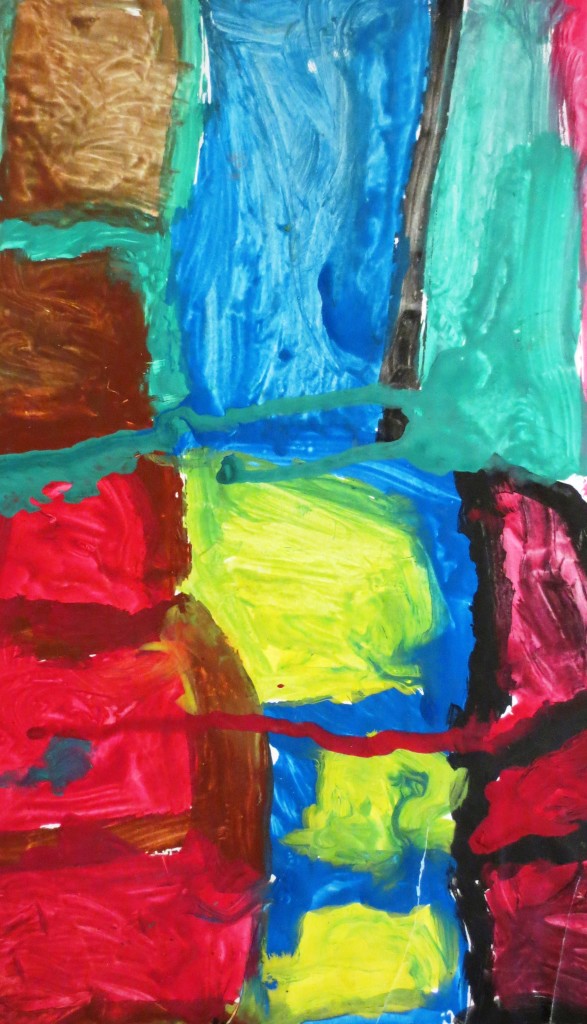 Art therapy is a particularly appropriate form of therapy for children and young people who often find it much easier to express themselves non-verbally. In addition art therapy offers a particularly non-threatening and frequently enjoyable therapeutic experience. It can be used to help children with a wide range of difficulties including:
Art therapy is a particularly appropriate form of therapy for children and young people who often find it much easier to express themselves non-verbally. In addition art therapy offers a particularly non-threatening and frequently enjoyable therapeutic experience. It can be used to help children with a wide range of difficulties including:
- Learning problems and disabilities
- Emotional and behavioral problems
- Difficulties with adapting to a new family or school situation
- Early trauma including bereavement, neglect or abuse
In particular, by accompanying a child through a creative process of self-expression and accepting what unfolds and by providing a private space to work through problems, the art therapist helps a child to:
- express and recognize more easily his or her emotions and conflicts
- contain, integrate and manage difficult feelings
- discover new forms of expression more acceptable to their environment
- change, grow and come to terms with difficult situations
More generally art therapy also helps to
- open up each child’s innate creative force and strengthen their capacity to express feelings and thoughts through art
- stimulate their spontaneity, imagination and their capacity to symbolize
- strengthen their self-confidence, self-esteem and independence
- improve their concentration skills
Where child art therapy is conducted within a group it can also
- improve their social and communication skills
- improve peer group relationships and help to deal with difficult emotions and group conflicts
- help to develop their ability to work within a group